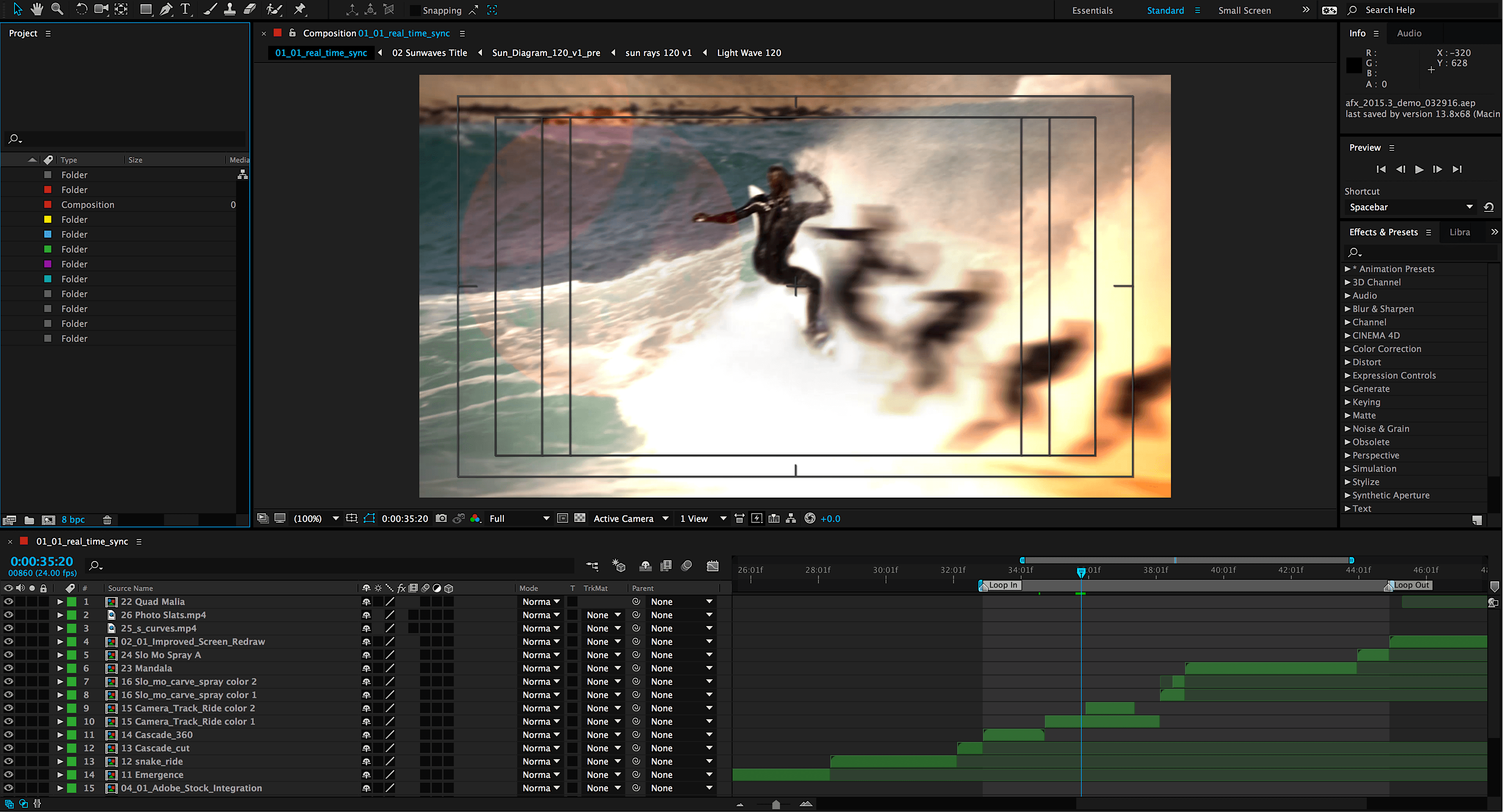
Visit here more information about supported file types. To demonstrate this, I’ll add a Geographic_Points.geojson file to the Denali map using Maps for Adobe Creative Cloud. In ArcGIS Maps for Adobe Creative Cloud 3.2, GeoJSON is the latest among several supported file types. These layers can be either hosted ArcGIS layers or local disk files.

In both workflows, designers can continue to add map layers to a synced map in Illustrator using Maps for Adobe Creative Cloud. Creating the map using ArcGIS Maps for Adobe, all inside Adobe Illustrator.
Adobe after effects tutorials pro#
Creating a map in ArcGIS Pro and exporting it as an AIX file for further design in Adobe Illustrator. In my recent book Mapping By Design, I refer to the two Maps for Adobe workflows as: Designers can create a map with real map data entirely in Adobe Illustrator. If you’re new to Maps for Adobe, you might not know that - with Maps for Adobe - you don’t need to always begin your map in ArcGIS Pro. ArcGIS Maps for Adobe now supports GeoJSON files Visit the ArcGIS Pro documentation page on visual effects to learn more about using blend modes in ArcGIS Pro. Notice that the lovely multiply blend mode is present, and the map’s appearance in Illustrator is exactly as it was in ArcGIS Pro.Īfter opening the AIX in Adobe Illustrator, it is converted to an Illustrator file with the multiply blend mode preserved from ArcGIS Pro. After exporting this ArcGIS Pro map of the Denali area as an AIX file, the third image shows the map opened in Adobe Illustrator. The map after applying the multiply blend mode to the hillshade layer. Selecting the multiply mode for the hillshade layer, which is sitting above three layers in the stacking order: glaciers, federal lands, and state lands. The next three images demonstrate the following: In the immediate image below, the tab is called Tile Layer because I’ve selected the World Hillshade image layer in my map, which you may recall, is set in the mountainous Denali National Park and Preserve in Alaska.

This tab’s feature or tile status is determined by the selected layer’s data type. To apply a blend mode in ArcGIS Pro, select the to-be-blended layer in the contents pane, and click on either the Feature Layer tab or the Tile Layer tab.

Check out the image below to see the common blend modes shared between ArcGIS Pro and Adobe Illustrator. If a blend mode is applied in ArcGIS Pro, but is not available in Adobe Illustrator, the effect will not be present in the AIX. This is useful to know when designing a map in ArcGIS Pro. Note: Not all of the blend modes that are available in ArcGIS Pro are included in Adobe Illustrator. But now, with Maps for Adobe 3.2, blend modes applied in ArcGIS Pro are preserved in the AIX file, and will appear in Illustrator upon opening. Yet until recently, for a blend effect to be present in an AIX file, mapmakers needed to apply the blend modes in Illustrator after opening the AIX. By doing so, the AIX files are converted into neatly organized ready-to-design Illustrator files.Īdobe Illustrator has had blend mode capability for a while now. This means that users who have the Maps for Adobe plug-in can open ArcGIS Pro-generated AIX files in Adobe Illustrator. Another great development for creative mapmakers in 2020 was the introduction of the AIX file, the file format mapmakers choose to export their ArcGIS Pro maps for further design in Adobe Illustrator.

In 2020, ArcGIS Pro 2.7 introduced blend mode availability, which are layer effects that can be applied at the map layer- and map feature-levels. ArcGIS Pro blend modes are preserved in the AIX file ArcGIS Enterprise users can save multiple portal URLs in the Maps for Adobe Creative Cloud sign-in panel.


 0 kommentar(er)
0 kommentar(er)
